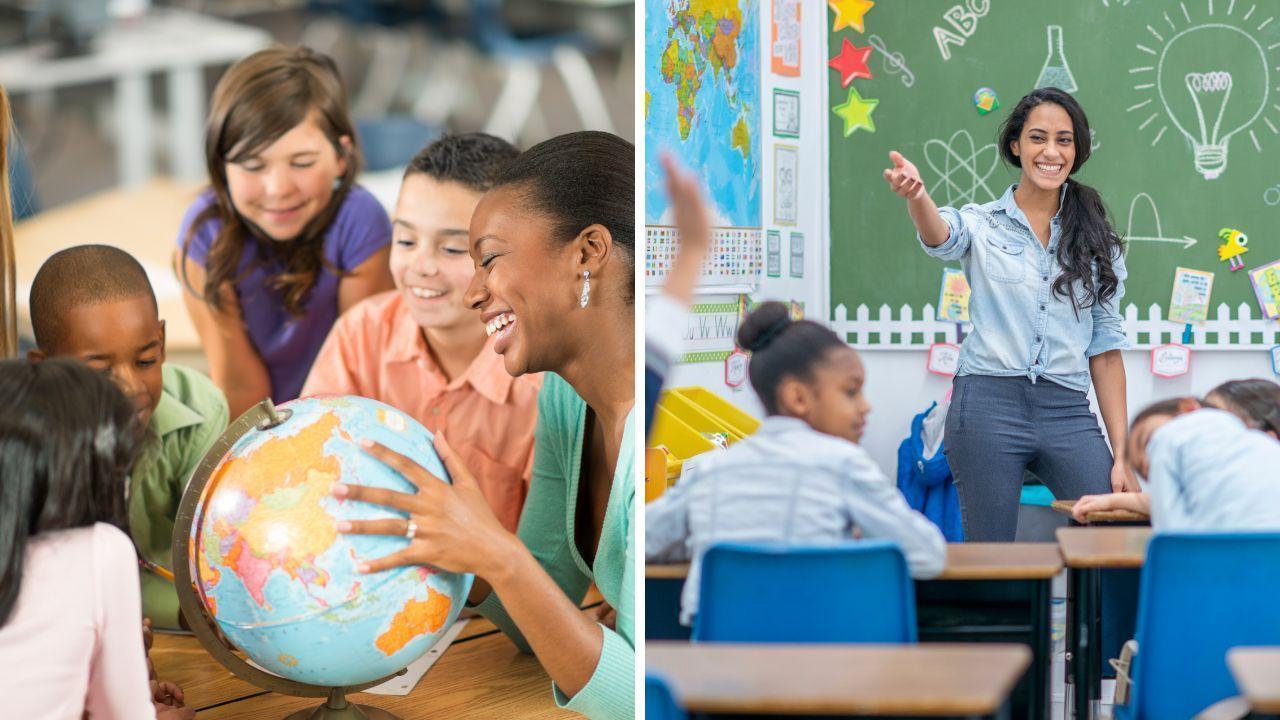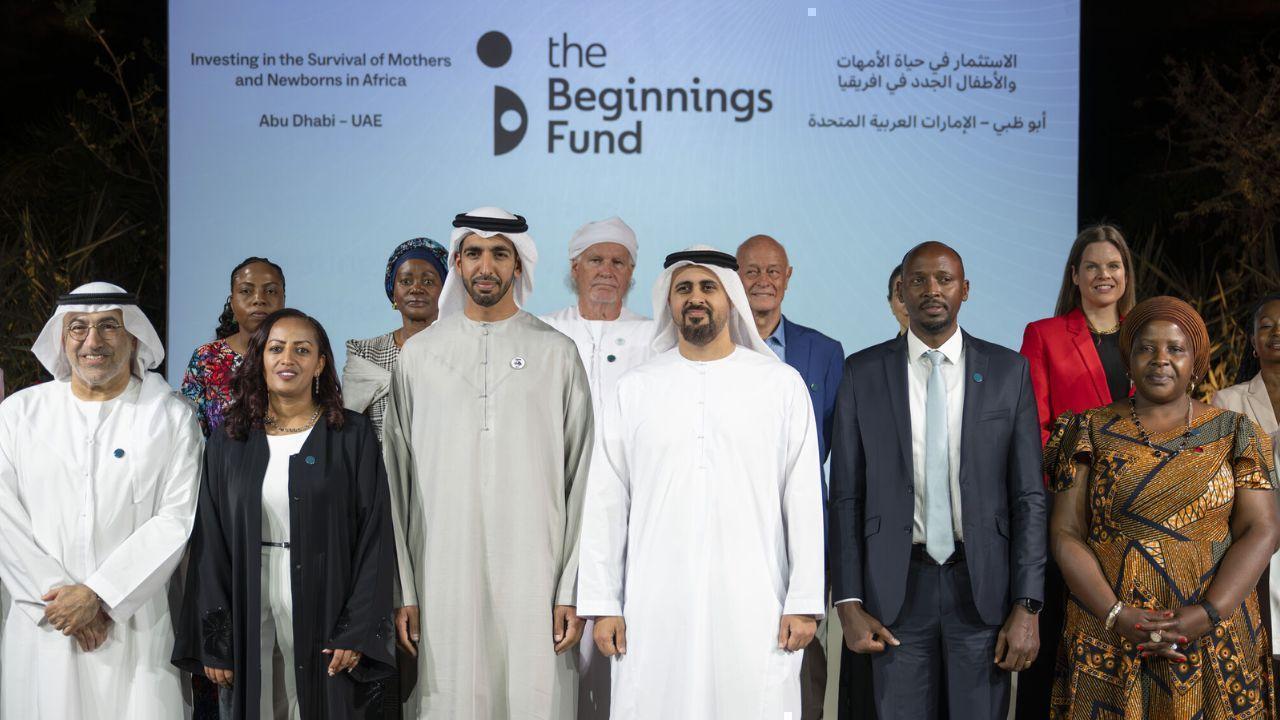
Post by: Zayd Kamal
In today’s digital age, traditional teaching methods often struggle to keep students engaged. Enter Gamification in Classrooms: Turning Learning into a Game. This innovative approach incorporates game elements into educational settings, transforming mundane lessons into exciting and interactive experiences. But what exactly is gamification, and how can it revolutionize the way we teach and learn?
At its core, gamification is the application of game design elements in non-game contexts. In the classroom, this can mean incorporating points, levels, badges, and challenges into lessons to motivate students. The concept is built on the premise that students are naturally drawn to games and competition, and leveraging this interest can enhance learning outcomes. By turning educational content into a game-like experience, educators can tap into students' innate desire for achievement and progress.
One of the primary benefits of gamification is that it captures students' attention. By transforming lessons into games, students are more likely to participate actively, leading to a deeper understanding of the material. This active involvement is crucial in today’s fast-paced world, where distractions are abundant. Moreover, games often provide instant feedback, allowing players to adjust their strategies in real-time. In an educational context, this translates to students receiving prompt evaluations of their work, enabling them to understand their strengths and weaknesses quickly. This immediate feedback loop can foster a more effective learning environment.
Gamification also encourages collaboration among students. Many games require teamwork and communication, which are essential skills in the modern world. By integrating group challenges and competitions into lessons, educators can create a sense of community within the classroom. This collaborative spirit not only enhances learning but also helps students develop social skills. Additionally, the prospect of earning points, badges, or other rewards can significantly boost student motivation. This sense of achievement can drive students to excel in their studies, making learning feel more rewarding.
Integrating gamification into your classroom doesn’t have to be a monumental task. Start by setting clear objectives. Before introducing game elements, it’s essential to define what you want your students to achieve. Whether it’s mastering a particular subject, enhancing critical thinking skills, or improving teamwork, clear objectives will guide your gamification efforts. This clarity ensures that both students and teachers understand the purpose behind the gamified activities.
Once objectives are established, consider incorporating various game mechanics into your lessons. Choose which elements best fit your classroom dynamics. For example, you might implement a points system where students earn points for completed tasks, participation, and collaboration. Creating levels and progression can add a tiered system where students advance as they master content. Recognizing achievements with badges and rewards can also motivate students to strive for excellence. By thoughtfully selecting these mechanics, you can create a more engaging learning environment.
also motivate students to strive for excellence. By thoughtfully selecting these mechanics, you can create a more engaging learning environment.
To make lessons even more immersive, consider creating challenges and quests. Turn lessons into engaging adventures where students embark on quests to solve problems or uncover information. For example, you could design a scavenger hunt for historical facts or a math challenge that requires students to solve problems to "unlock" the next level. This approach makes learning more adventurous and fun, capturing students' imaginations and encouraging them to explore the material in depth.
Technology can play a significant role in gamifying your classroom. Leverage digital platforms that support gamification, such as Kahoot, Classcraft, or Quizizz. These tools allow educators to create interactive quizzes and games that can be played in real time, enhancing engagement and excitement. The integration of technology not only streamlines the process but also appeals to students' familiarity with digital environments, making the learning experience more relatable.
Encouraging peer competition can further enhance the gamified experience. Organizing competitions, whether in the form of team challenges or leaderboard rankings, fosters a healthy competitive spirit. Celebrating achievements publicly can motivate students to strive for success while also encouraging teamwork. This dynamic can create an engaging atmosphere where students support each other’s growth while pursuing their own goals.
Several schools and educators have successfully implemented gamification, yielding impressive results. One notable example is Classcraft, a platform that turns the classroom into a role-playing game. Students create characters and earn points through  positive behavior and academic achievements. Teachers can customize quests to align with their curriculum, making lessons more engaging and relevant to students' interests. This innovative approach has shown how gamification can transform classroom dynamics and boost motivation.
positive behavior and academic achievements. Teachers can customize quests to align with their curriculum, making lessons more engaging and relevant to students' interests. This innovative approach has shown how gamification can transform classroom dynamics and boost motivation.
Another popular tool is Kahoot!, which allows educators to create quizzes that students can answer using their devices. The interactive nature of Kahoot! makes assessments feel like a game, and the competitive aspect keeps students invested in their learning. By turning assessments into fun competitions, educators can alleviate test anxiety and promote a positive learning environment.
Google Classroom also offers the possibility for gamification through themed challenges, where students can earn badges for completing various tasks. This adds a layer of fun while still aligning with educational goals. By incorporating these real-world examples, educators can see the practical application of gamification and its potential to enhance student engagement.
While gamification has numerous benefits, it’s essential to approach it thoughtfully. One challenge is balancing competition and collaboration. While competition can be motivating, too much emphasis on winning can lead to stress or discourage less competitive students. Educators should strive for a balance that promotes teamwork while still allowing for individual achievement. This ensures that all students feel included and valued in the learning process.
Another concern is avoiding over-justification. If students become too focused on rewards, they may lose their intrinsic motivation for learning. It’s crucial to maintain a balance between external rewards and the joy of learning itself. Educators should emphasize the value of knowledge and skills, ensuring that students understand the intrinsic benefits of their education.
Finally, it’s vital to ensure educational value. Not all games translate well into learning experiences, so it’s important to choose game elements that genuinely support educational objectives. This discernment will help educators avoid the pitfall of merely adding fun for fun’s sake and instead create meaningful learning experiences that resonate with students.
Gamification in Classrooms: Turning Learning into a Game is all about making learning fun and exciting for students. This method uses game elements, like points and challenges, to keep kids engaged and motivated. By turning lessons into games, teachers can help students learn better and enjoy the process. With tools like Classcraft and Kahoot!, classrooms become lively places where students can work together, earn rewards, and feel proud of their achievements. Gamification makes learning feel like a game, turning the classroom into a place of adventure and teamwork.
This article is provided by the DXB News Network. The content aims to inform readers about Gamification in Classrooms: Turning Learning into a Game in an easy and engaging way. The information is meant for educational purposes and encourages creativity and fun in learning. Always consult your teacher for more ideas on how to make learning exciting
Gamification, Classrooms, Learning, Game elements, Student engagement, Motivation, Interactive learning, Educational games, Points system, Rewards, Collaboration, Challenges, Technology in education, Learning outcomes, Classroom dynamics, Teaching strategies, Fun learning, Educational tools, Teamwork, Student achievements
#trending #latest #Gamification #Classrooms #Learning #Education #InteractiveLearning #StudentEngagement #FunLearning #TeachingStrategies #EdTech #GameBasedLearning #Motivation #CollaborativeLearning #EducationalGames #ClassroomInnovation #EngagedLearning #breakingnews #worldnews #headlines #topstories #globalUpdate #dxbnewsnetwork #dxbnews #dxbdnn #dxbnewsnetworkdnn #bestnewschanneldubai #bestnewschannelUAE #bestnewschannelabudhabi #bestnewschannelajman #bestnewschannelofdubai #popularnewschanneldubai

Azerbaijan Airlines and Saudi Arabia discuss expanding air routes to boost tourism and economic ties, with over 94,000 Saudi tourists visiting Azerbaijan....Read More.

Sheikh Theyab welcomes Australia's Governor-General to Wahat Al Karama, where she honors UAE martyrs. The visit highlights strong UAE-Australia relations....Read More.














First-of-its-kind Satellite to Measure Carbon in Rainforests
The Biomass satellite will measure how much carbon rainforests store, helping track climate change a

Mark Carney's Liberals Win Canada Vote, Eye Talks With Trump
Mark Carney leads Canada's Liberals to election win, plans to meet Trump for new trade talks and boo

Etihad Airways Expands Fleet with New Airbus A321LR Aircraft
Etihad Airways launches Airbus A321LR with luxury features, expanding fleet to meet travel demand. N

Liverpool Win Premier League After 5-1 Victory Over Tottenham
Liverpool clinch Premier League title with a 5-1 win over Tottenham at Anfield, as Mohamed Salah end

Driver Crashes Into Crowd at Vancouver’s Lapu-Lapu Festival
A driver crashed into festival goers at Vancouver’s Lapu-Lapu Festival. The police have arrested the